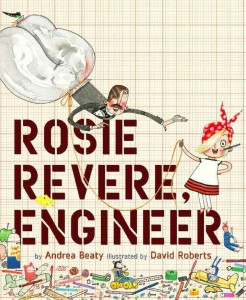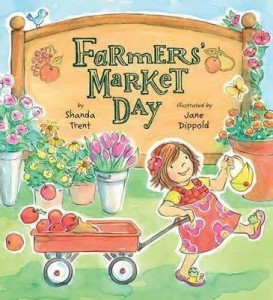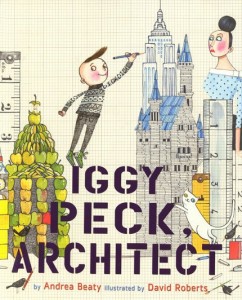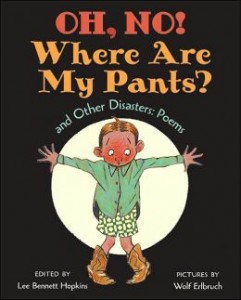 Here’s a treat for you this Halloween: a rhyming picture book that will delight your little monsters while you hit the CCSS of Fluency and Phonics & Word Recognition.
Here’s a treat for you this Halloween: a rhyming picture book that will delight your little monsters while you hit the CCSS of Fluency and Phonics & Word Recognition.
Frank was a Monster Who Wanted to Dance by Keith Graves is simple, spooky, silly fun. Frank’s dancing delights the audience until his body parts start to come loose, but even a cold shoulder from the crowd (see what I did there?) can’t diminish Franks’s love of performing.
There are plenty of simple rhymes for early elementary students to catch (“ants in his pants”, etc.) and I love that students can listen to them while they enjoy this story on TumbleBooks. Many school, public, and state libraries have subscriptions to this great website where kids can hear books read aloud. TumbleBooks has picture books, chapter books, fiction and nonfiction, all kinds of titles to help students build fluency. An extra bonus: TumbleBooks also has a section of lesson plans for teachers, including a K-2 lesson plan for Frank was a Monster Who Wanted to Dance!
So read aloud this book to your class, or log into TumbleBooks and project it so the entire class can enjoy it. If your little wigglers are anything like mine, they’ll want to move their bodies like Frank did, so on repeated readings, encourage listeners to act out the text. Kids can mime brains flopping out, arms falling out of sleeves, etc. For Halloween, or for anytime your mini-monsters need an active read-aloud, this book does the trick.
For more about the author/illustrator, please visit: keithgravesart.com.



